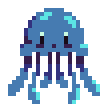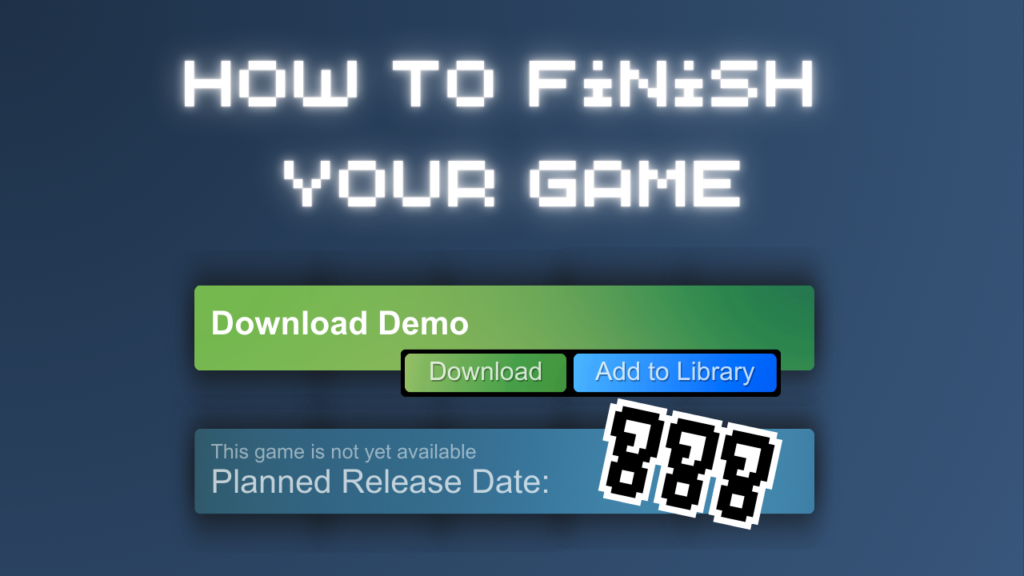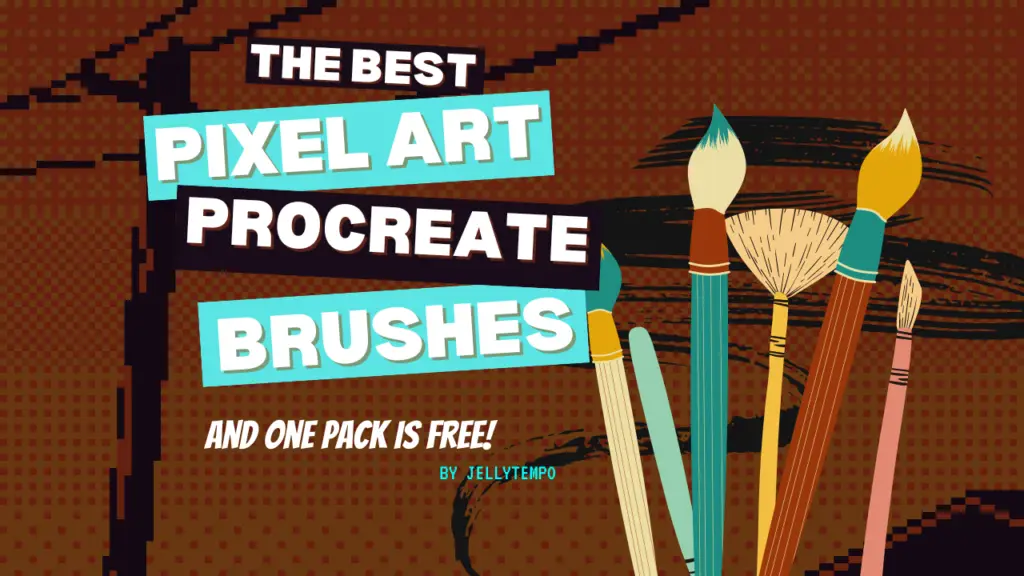This post may contain affiliate links. This means I will make a commission at no extra cost to you should you click through and make a purchase. Read the full disclosure here
Watching YouTube tutorials on unity/godot/unreal? Attempting art because you want your assets to match? You’re in the depths of trying to master the crafts that fall under indie game developer. What solo developers and tiny teams usually don’t get right is not enough emphasis on production. Learning all of the game design, programming, asset production, composition, marketing in the world won’t save you from a demo without a release. But spending time learning how to produce yourself will.
I worked on the production team for an IP licensing company for a year, and here is how I’ve adapted their framework for solo/tiny-teamed game development. The year I went corporate completely changed my indie game development and I was able to finally get release a tiny, free game. I talk more about it in my article How I Won a Game Jam & How You Can Win A Game Jam, Too.
Here is how you can keep your indie games on track, completed, and shipped:
Do not reconstruct the production wheel
Many times when I see an indie game developer struggling with their time management (underestimating task length, losing momentum after motivated bursts, making different project plans every couple of weeks for the same project), they self-blame for not being inherently good at it. Take a look at r/gamedev and you can read countless posts of demotivated developers.
Similar to all the other aspects of game development, production is an area of expertise. When you started programming, you didn’t just open your editor and magically know how to script every part of your game. You learned from someone that knew better than you in a YouTube tutorial, you took a course/class, or maybe you formally studied something.
- Learn an agile method of your choosing. I personally chose Scrum. A group of really smart people developed scrum. Kool-aid drinkers or not, it’s a better framework than I could have come up with on my own, and I have not looked back since. I actually scrum-ified my life outside of just game development.
- Adapt the agile method for your needs. Are you a solo developer? Make sure you aren’t wearing the product owner, developer, and scrummaster hat at the same time. That’s where indecisiveness around time management comes from, and that indecisiveness kills momentum.
Indie Game Developers need a Daily Check in
And no I’m not saying look at your project everyday. Obviously if you could do that you just would. Get a friend or someone you trust to check in on your project. This is one of the benefits of cumbersome bureaucracy – it reduces the chances of shame landing on one person with shared responsibility. Even if you have a 2+ development team, there’s still a chance you all can become demotivated, so the more people involved even, as accountability partners, the merrier. This works by:
- Preventing the self-inflicted shame spiral. You don’t have to work on the project everyday, but getting your reminders from an external source everyday who is encouraging takes the onus off of your most critical inner voice.
- Setting up a routine that, again, doesn’t trigger the shame spiral. If you have motivation and are able to get bursts of productivity that waxes and wanes, practicing discipline with a friend will be your friend.
Don’t be a tool – Use one instead
Excuse the cheeky heading, but this one is similar to the first point. Gantt charts, kanban boards, burndown charts, etc. were all made again by people that dedicated their careers to project management. An indie game developer wears too many hats to master all crafts. I recommend kanban boards the most, and here is how you can set yours up similar to mine:
- First create a kanban board for what you want your end game to look like from a player standpoint. Think of the game you want to build and what you want the player to feel with each feature. If you know agile, this could be similar to a product backlog.
- Then, create another kanban board by grabbing a higher priority item from the first kanban board and breaking it down into smaller tasks to be done during a work period. This is similar to a sprint backlog.
- Next, compartmentalize. As you are working on the tinier tasks, don’t be bothered looking at the end product. When you are a game developer or contributor for larger companies, you likely aren’t making your favorite game ever, which gives you some healthy distance to just get your job done.
- Lastly, iterate. When you’re done with that period of work, you can think like a player again to see if that work aligns with the end product, and iterate from there. You can add items you would like to see to the first kanban board.
In Practice: Indie Game Developer Shame Spiral
I had someone share with me, after reading this article, that they couldn’t help but want to toss in the towel after trying to teach themselves 3D modeling for their assets. They want their assets to look nice, and they’re starting with anatomy, but feel defeated.
Before Producing Themselves…
Before even using the self-production method I’ve laid out, they need an honest conversation with themselves. They need to figure out if their struggles could seriously impact them never releasing the game. If the answer is release is unlikely, they might be better off getting creative with how they finish these assets.
One way to get creative is to buy assets. I sing the praises of Kenney in Where To Find Free, 2D Pixel Game Assets For Your Indie Game. Even though I focus more on 2D game content, I know Kenney also offers 3D assets. I recommend buying asset packs from the same artist to keep your game cohesive.
They also could think about changing their medium. While I am biased, I believe there is less of a learning curve when it comes to 2D art. The learning curve is even less for pixel art. Learn more about making pixel art in my article Make Pixel Art Assets For Your Indie Game.
Self-Producing & Developing
After they get that answer for themselves, and let’s say they really want to continue learning how to model 3D assets, I recommend they think smarter. Samyam on YouTube talks about how she made her assets in this Short. Basically she just recolored and tweaked assets from asset packs to achieve game art that matched. Our woeful indie game developer, could take a page from her books
They should specifically create a high priority item on their first kanban board of “make nice 3D models.” This want for their game to have nice art is coming from their inner “player.” They likely personally love video games with good graphics, hence the prioritization of it.
However, they’ll need to take off their player hat when breaking that task down in the smaller kanban board. This is when they should put their “developer” hat on to just get the job done. If I were them, I would break it down into these smaller tasks:
- Spend time developing visual identity by either investing time to make an ideal 3D asset in their game, or making a collage
- Gather assets that are tangent to the visual identity of the game from different marketplaces
- Recolor/re-texuture/tweak each set of models as a task. Maybe first UI elements, then environment, then props, etc. This will be time consuming, but likely better than essentially putting themselves through a YouTube equivalent of art school.
In Conclusion
In summary, learn an agile methodology like scrum, get an accountability partner, and use tools made for project management. We want to prevent you from having opportunities in your routine to enter the shame spiral pattern, leading to the death of your/your team’s project. I talk a little bit of the shame spiral in my article Make a GB STudio Point and Click in Minutes! if you’re really struggling with all of your indie game developer skills!


